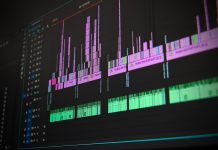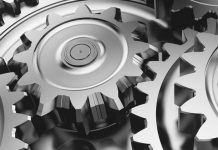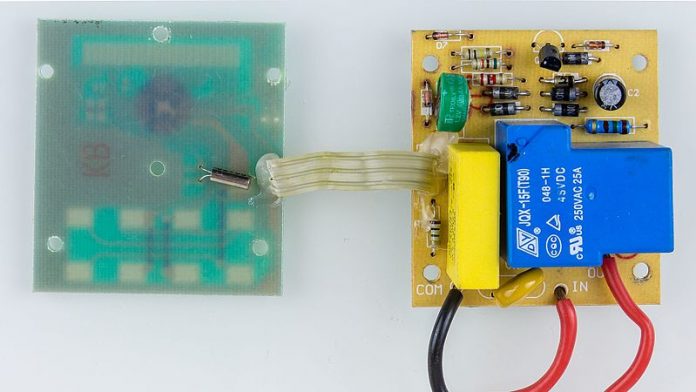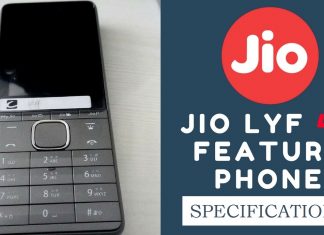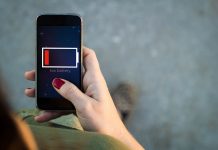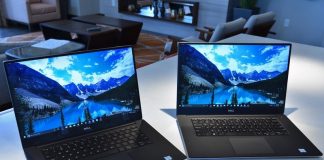Wire to board connectors, as the name indicates, are types of connectors mainly used to connect wire or group of wires to a circuit board. Wire to board connectors come in different varieties made available for use. With today’s innovative solutions, the technology for wire connectors has evolved as well.
Unlike before, connecting wires to a PCB has never been this modern and easy. However, there are a few things you need to know before connecting wires to your circuit board.
Below are factual information helpful for your wire to board process. You will know various relevant details, such as wire to board specifications, termination methods, specific wire to board tools, etc.
Wire to Board Specifications is Essential
For every wire to board connector, there are certain specifications you must consider. These are the following:
- Wire Size – When it comes to ruling wire sizes, it is often measured in American wire gauge (AWG). This is the standard unit of measure for non-ferrous wire conductor sizes.
- Wire-entry angle pin header – This is a wire type that comes in three styles, and these are right-angle pin header, vertical pin header, and bottom-entry pin header. Wire entry angle mounts terminal block in almost any area on a circuit board.
- Circuits – The number of circuits for wire to board connectors ranges from 1 to 120. Circuits electrically connect electronic components via conductive tracks. They transmit electricity from one circuit to another.
- Pitch – This is measured in inches or millimeters (mm). Pitch is a center-to-center spacing between conductors. Examples of a pitch are pins and pads found on a circuit board.
- Maximum current – Maximum current is measured in amperes (A) and ranges from 1.0 A to 50. A. This is important to determine the maximum current level that is transmitted from one wire to another.
- Lock to mating style – During lock to mating style, the positive locking lever will engage the mating header housing for stronger retention. There are three lock to mating forms, and these are friction ramp, friction, and positive.
Different PCB Mounting Styles
PCB mounting comes in four varieties for wire to board connectors.
- Surface Mount Technology (SMT) – This is a type of mounting where PCB components are added by soldering terminals to the top surface of the circuit board. Components of SMT have a horizontal surface that is soldered to a PCB pad surface. Oftentimes, PCB pad is covered with a somewhat sticky formula of solder and flux.
- Through-hole Technology (THT) – This type mounts PCB components by means of inserting component leads via circuit board holes. After, the leads are soldered on the opposite side of the board.
- Press-fit and Compression Style Board – These are commonly available wire to board mounting styles. Press-fit or friction fit is fastening between two parts that is achieved by friction. Compression style board is a type of connector that squeezes between two boards for electrical contact.
Methods of Termination
In order to make an electrical and mechanical connection, physical compression is done through a process called “Crimp.” It is a compression of a contact wire that is wrapped around a conductor. IDC or insulation displacement connectors are cut through the cable insulation in order to create a wire to board connection. When you choose a termination method, consider the following: screw tabs, solder cups, and cage clamp.
Wire to Board Connector Standards
Wire-to-board connectors follow different national and international organization standards. They often have marks from Underwriters Laboratories if it’s from North America or Canadian Standards Association (CSA). In Europe, there are also certain standards. Wire-to-board connectors should comply with the Restriction of Hazardous Substances (RoHS), as well as Waste Electrical and Electronic Equipment (WEEE) memorandum from the European Union (EU).
About Insulation Displacement Connectors
This connector helps connect wire components directly to a circuit board. It brings signals and electric power to the PCB. IDCs can give a gas-tight connection to the circuit board that lasts for long term reliability. Moreover, a connector housing catches the insulation wires for good strain relief. IDC is tested to automotive levels in terms of vibration, shock, and reliability.
Insulation displacement connectors help connect wire to board components directly to the PCB by transmitting powers and signals. The contact and cap of an IDC provide a positive relief in stain during the worst conditions.
Wire to Board Connector Orientations
Wire to board connector orientation is generally a multi-pin connection system. The layout is often rectangular. PCB connectors mating pair is ideal not just for board to board, but also for wire to board connectors. Knowing specific orientations for wire to board connectors is crucial to have a proper and effective PCB layout. You can’t just connect your wires anywhere on the board, otherwise, the entire layout will fail.
Fine Pitch for Wire to Board
Fine pitches are indeed small, but they are mighty. They optimized solutions of interconnection for smaller consumer devices. Fine pitch wire to board connector allows you to develop new electronic products with improved usability, effectivity, and reliability.
Conclusion
Now you have an idea about some important wire to board facts. Before designing your printed circuit board, familiarize yourself on these things. These may not be that in-depth, but it pays to know what are the basics. From here, you can surely go a long way. Once you get acquainted in all of these things, wire to board connector assembly and the overall PCB will just be a piece of cake.













